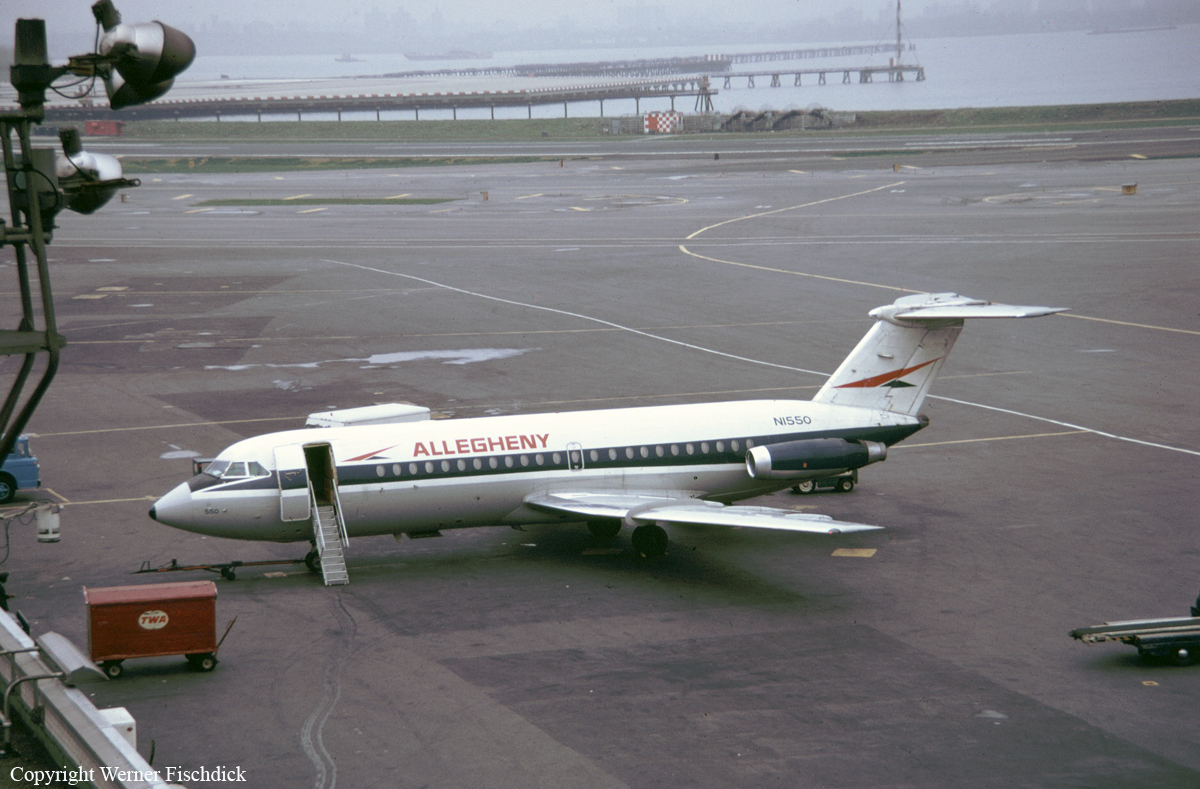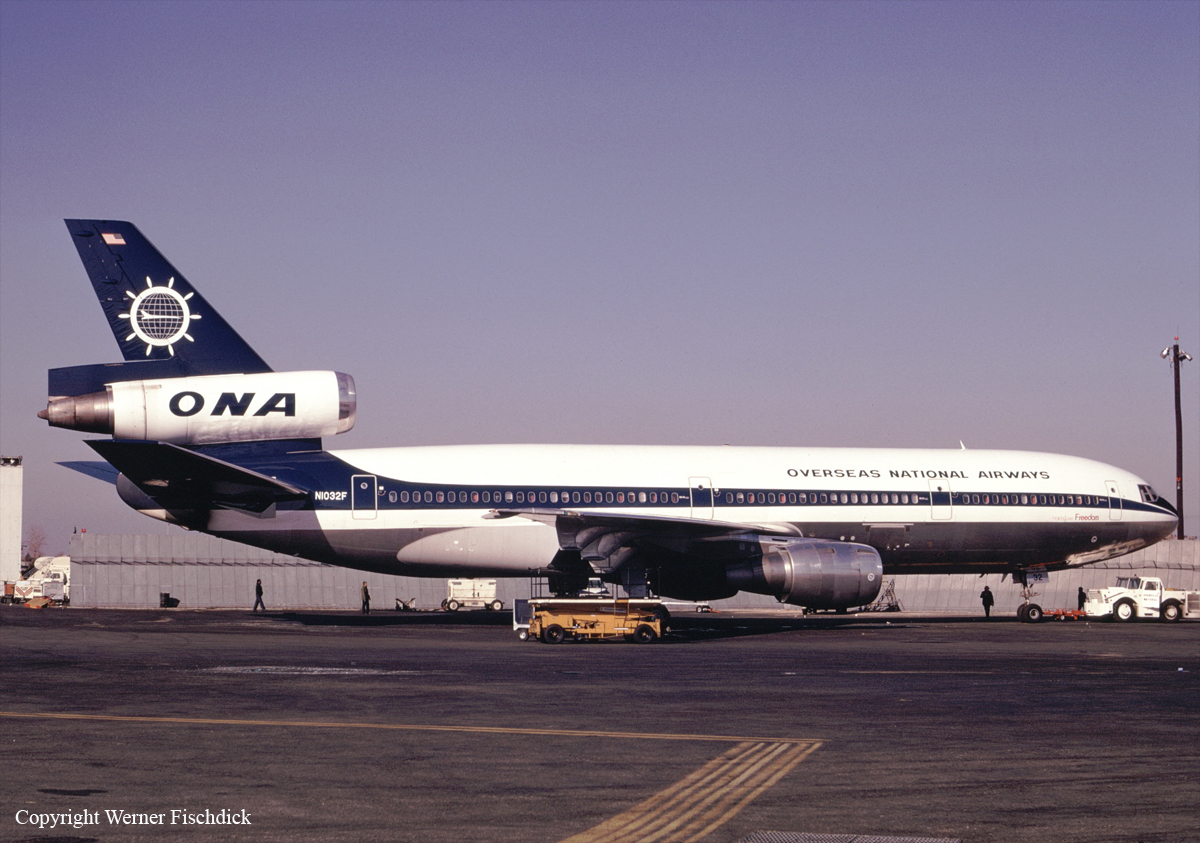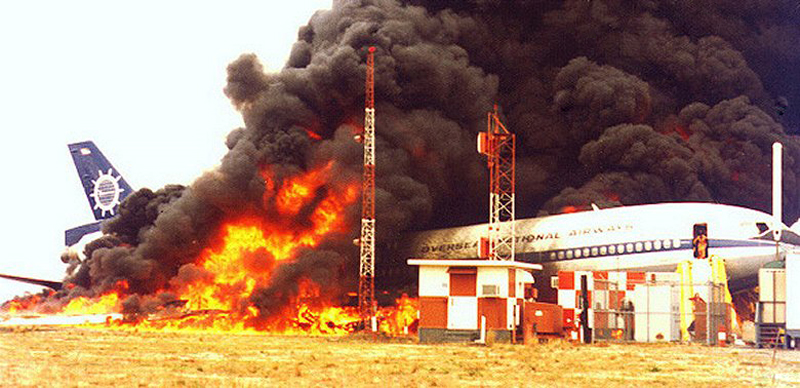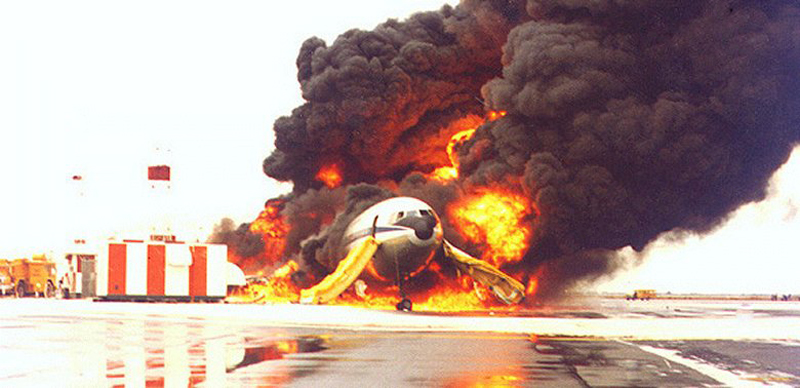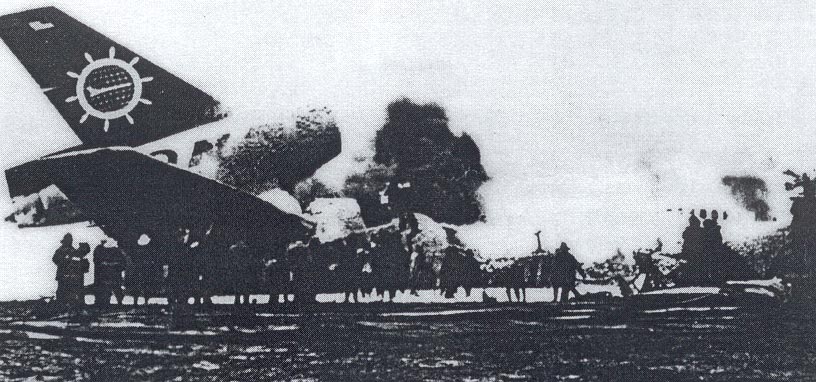Crash of a Piper PA-31-310 Navajo in East Hampton
Date & Time:
Aug 7, 1978 at 0033 LT
Registration:
N9093Y
Survivors:
Yes
Schedule:
Elmira - East Hampton
MSN:
31-128
YOM:
1968
Crew on board:
2
Crew fatalities:
Pax on board:
0
Pax fatalities:
Other fatalities:
Total fatalities:
0
Captain / Total hours on type:
150.00
Circumstances:
The crew was approaching East Hampton Airport and encountered marginal weather conditions with limited visibility to 3/4 of mile due to the night and ground fog. While in a missed approach configuration, the crew lost control of the airplane that stalled and crashed few miles from the airfield. Both occupants were injured and the aircraft was destroyed.
Probable cause:
Stall during a missed approach after the crew failed to maintain flying speed. The following contributing factors were reported:
- Fog,
- Sky obscured,
- Visibility 3/4 mile or less,
- Pilot transitioned from visual reference to instrument reference,
- Encountered ground fog after MDA.
- Fog,
- Sky obscured,
- Visibility 3/4 mile or less,
- Pilot transitioned from visual reference to instrument reference,
- Encountered ground fog after MDA.
Final Report:



